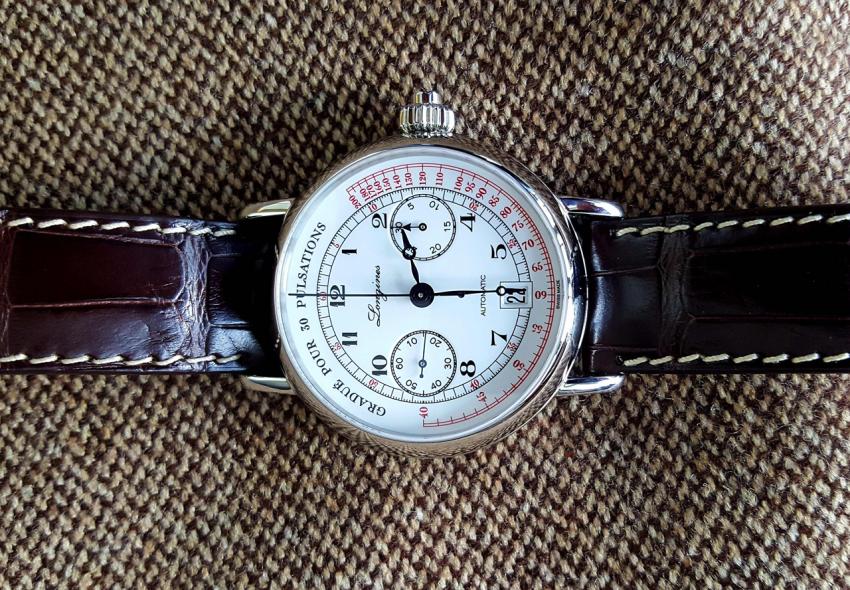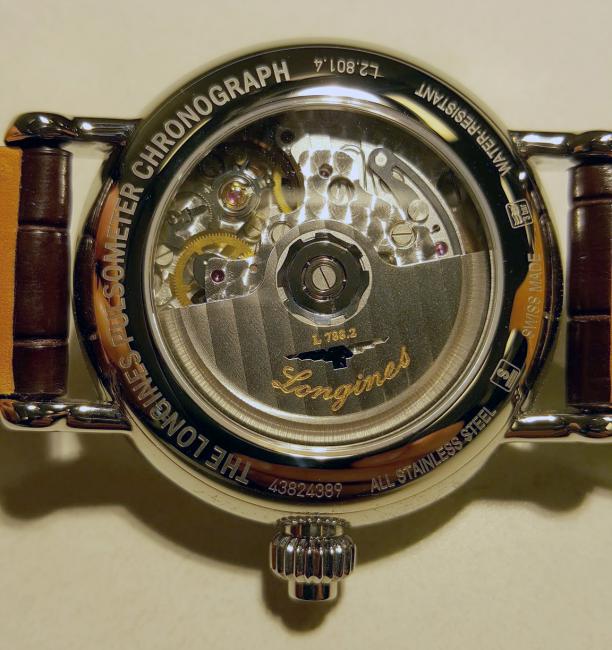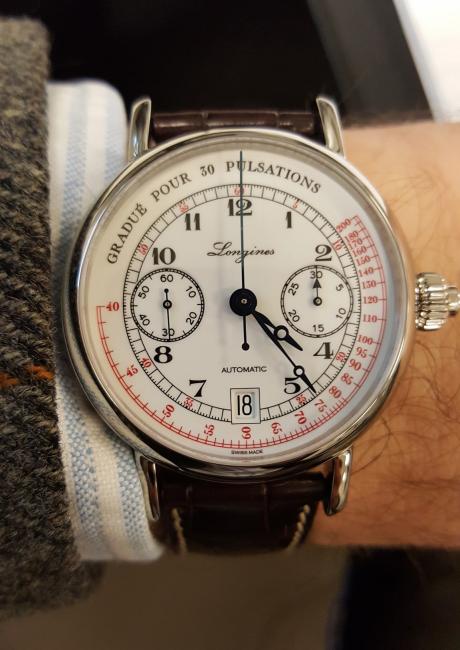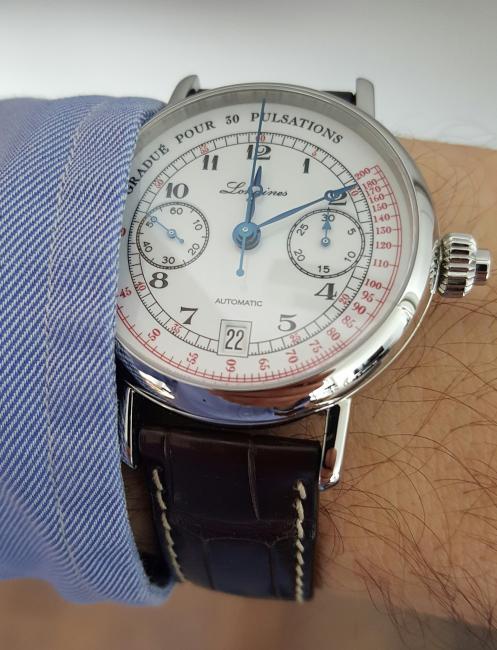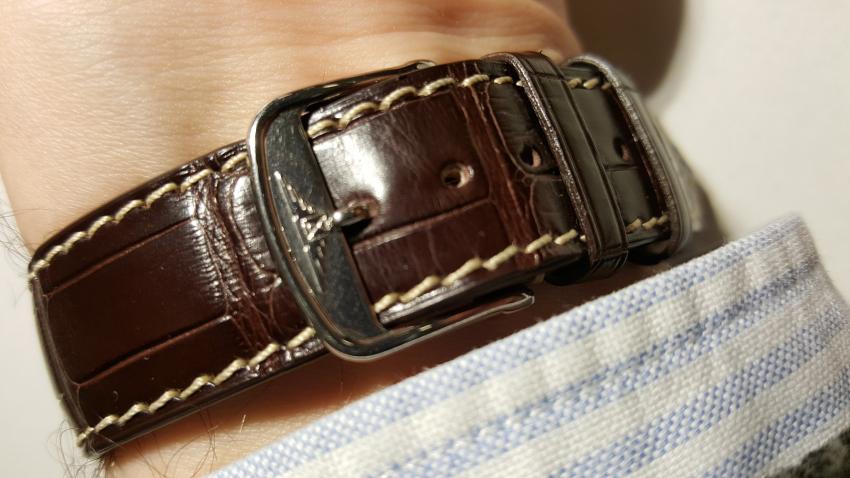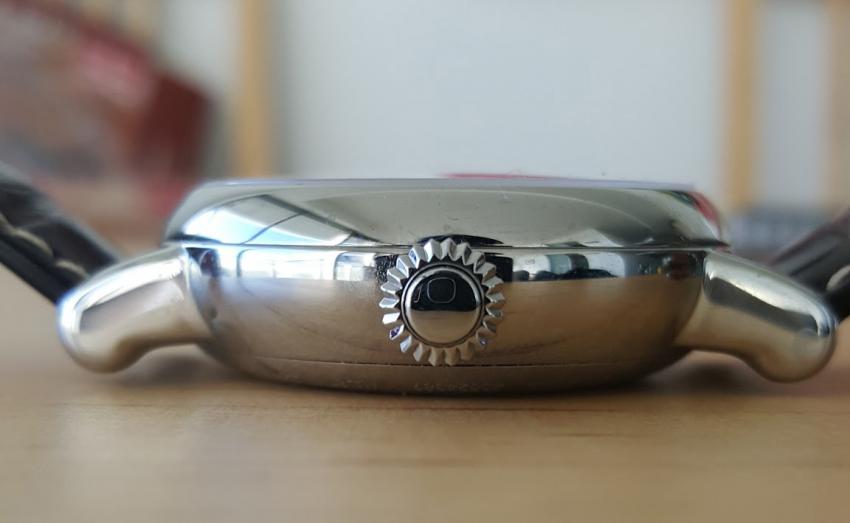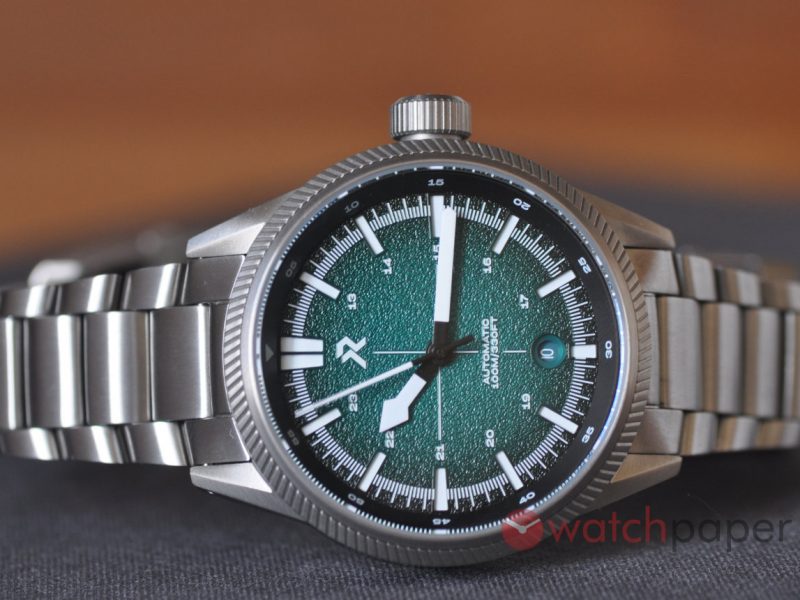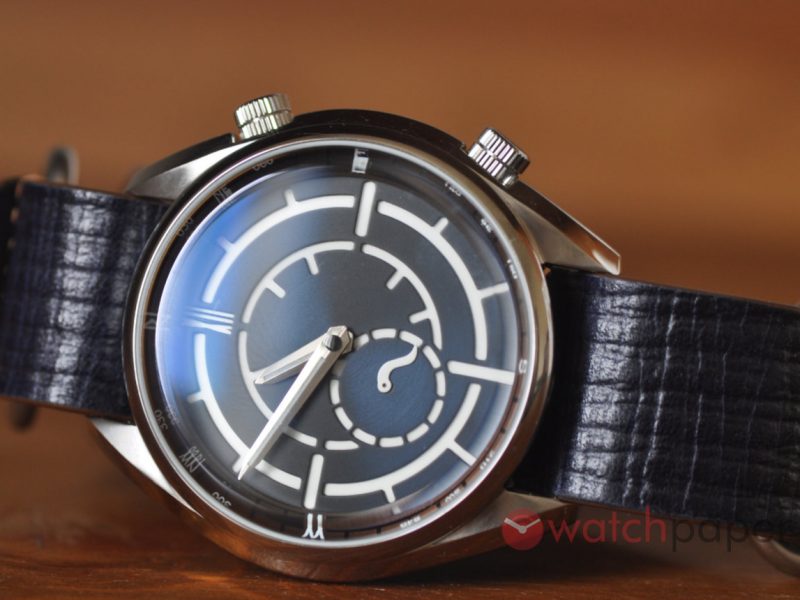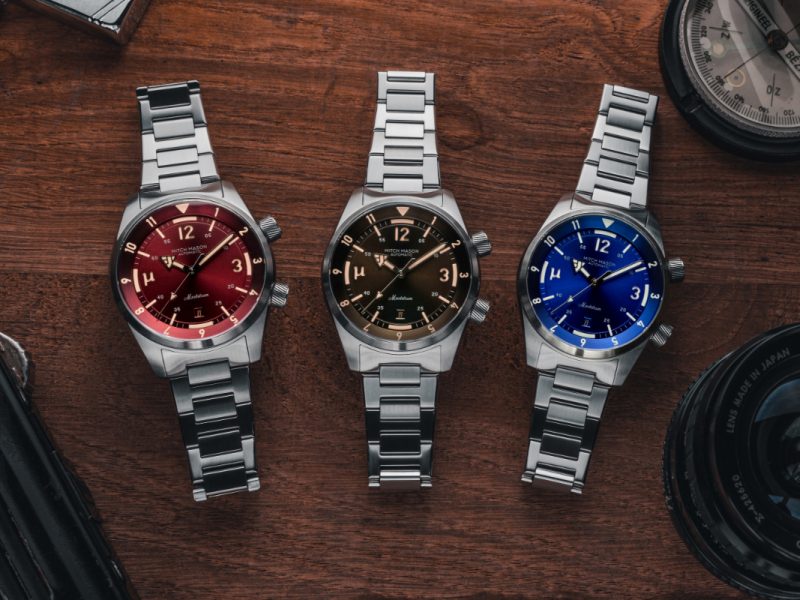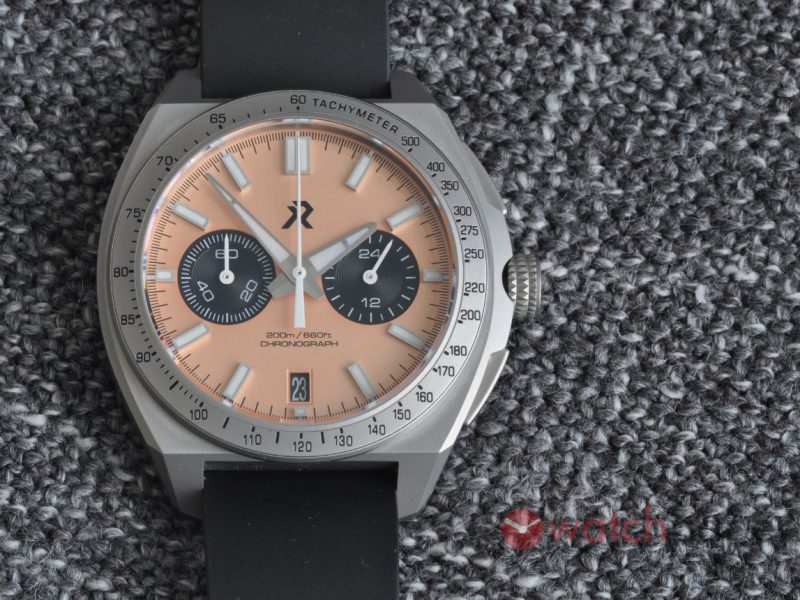A Week on the Wrist: Longines Pulsometer Chronograph
Longines has moved from success to success with its Heritage collection, a series of modern, updated, re-issues of famous pieces from the brand’s long history. Cherry-picking from its extensive catalogue of iconic and sometimes historically famous timepieces, Longines manages to both remind us that it is one of the oldest brands with a continuous history and solve a problem peculiar to vintage timepieces. This might only be my problem with vintage timepieces, but I’ve heard this series of complaints and cautions often enough that it’s worth characterizing these concerns as a position, or even a philosophy, in the small world of watch collecting. If you adore the classic styling of vintage pieces, there are several significant barriers between you and the genuine article. Knowledge: this isn’t the standard fact-sheet or historical backstory we associate with the watches we love to covet, but rather the sometimes intricate and dauntingly-specific production history of collectible vintage pieces. It’s an extra investment of your time to research and master this knowledge, and that investment may be taking things a step too far with one’s hobby. Learning is its own reward, but in watch collecting the unhappy ending to this story has already been written. All that research has been done and, as William Gibson has said, the opportunities for finding hidden treasures are now vanishingly small. You might find something special you like, but you’ll have to pay the person who got there first. Having and Keeping: the reality owning of a vintage timepiece might be a little disorienting for some. Yes, you have an actual piece of history in your collection and the story that goes with the watch is important, meaningful even, but maintenance and replacement parts are their own special challenge. You can acquire the skills to care for them yourself or you can adopt a watchmaker of your own to give you the bad news about replacement parts and restoration being sometimes as rare and expensive as the watches themselves. There’s also the aesthetic distance between vintage and modern pieces. When my father handed down his vintage Datejust, it was of course an irreplaceable bonding moment but, gazing down at the legacy he had just given me, it looked as though an especially expensive dime had been taped to my wrist. You adjust to the difference in size between contemporary watches and vintage pieces, but get used to squinting with purpose to appreciate the details or to tell the time. None of these differences are insurmountable barriers and to the true watch obsessive are even accomplishments of a sort, but for those of us who place the emphasis on the aesthetic, loving watches as statements or completions of a certain look or style, the challenges associated with vintage timepieces aren’t always the best use of energy.
If you love the vintage category for some of the looks you can only find there, but see it as more risk than reward Longines’ Heritage Collection offers the best of both worlds. Announced at Baselworld this year, the Column-Wheel Single Push-Piece Pulsometer Chronograph (L2.801.4.23.2) checks all the boxes except the one for judicious use of the serial comma in its name. At a more modern 40mm, its size confers a significant presence without overwhelming the wrist. The Pulsometer also sports an L788 movement (a modified ETA A08.261) with a column wheel, single piece, chronograph button integrated with the crown.
Besides being a somewhat rare configuration, the integrated push piece with its 3-click operation declutters the overall look of the watch and forces you to pay visual attention to the real highlight of the piece – its dial.
To call it stunning is almost a disservice. In the metal, the watch exudes refinement and a stylish sense of purpose. The bi-compax layout, with small seconds at 9 o’clock and totalizer dial at 3 o’clock, is an object lesson in how to convey a great deal of information simply and beautifully.
The pulsometer scale, in red, hugs the outside of the dial and serves as a reminder, along with the balancing header, “Gradué Pour 30 Pulsations,” that this is a tool watch. Designed to help doctors measure their patients’ heart rate, the “tool” part of the watch works by — having found a pulse — engaging the chronograph with a single push, counting out 30 beats of the heart, disengaging the chronograph with another push, and reading the scale on the dial. It’s straightforward multiplication. This Longines, however, is as much a tool watch as a new Jaguar F-Type is a Le Mans-ready racer like its D-Type ancestor; the original intent is honorary, vestigial, but reminds us that function, once upon a time, came in a most beautiful form.
The breguet hands are blued steel and, while a departure from the dauphine or stick hands more commonly found on these pieces, add to the air of elegance of the watch. What is hard to convey in pictures or words is the texture of the dial itself. Beneath the anti-reflective sapphire is the lacquered face that manages to be both muted and luminous depending on the light. The arabic numerals are painted on to this surface and have their own extremely subtle three-dimensionality and texture. Rotate the face of the watch away from you in decent light to reveal the gentle rise and bulge of the circles of the 8 or the curves of the 2. Applied markers have their own kind of beauty, but this Longines’ painted markers make some of my tool watches’ dials look like stacks of Legos. All of this comes on a handsomely-stitched brown Alligator strap with logoed buckle.
The only dubious design element I could spot (and only in profile, so it won’t be obvious unless you’re looking for it) was the lugs and their integration with the case. The polished case, from the side, is an ovoid and resembles a laid-flat pocket watch. The comma-shaped lugs that jut out from the smooth geometry of the case seem stuck on. This might be a nod to how the first wristwatches were actually created, but if it’s a gesture of fidelity to the originals, it’s one that could have been better thought-out.
At slightly over five-thousand dollars CDN, this new addition to the Heritage Collection from Longines is not cheap, but if a medically-themed vintage or not-so-vintage piece is your next obsession consider the nearest competitors: Blancpain, Patek Phillipe, Vacheron Constantin, or Montblanc. Orders of magnitude more costly, these pulsometers, in my opinion, don’t begin to approach what Longines’ example of the genre offers in terms of value. If you are in the market for a handsome dress watch with stealthy complications the Longines’ should be on your short list.


